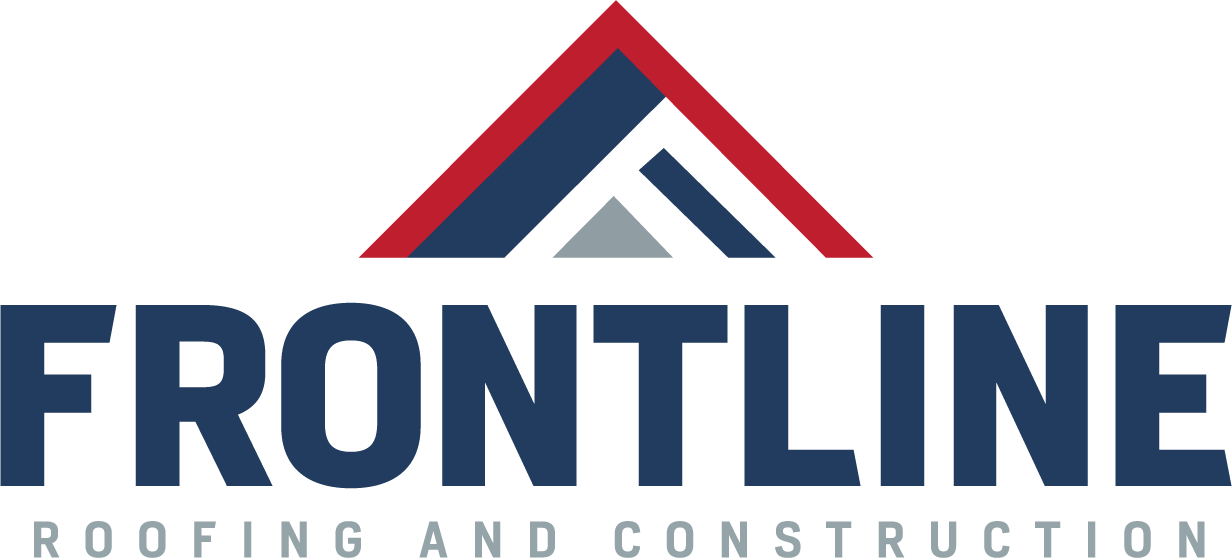Roofing 101: Demystifying the Term ‘Square’ for Homeowners
What is a Square in Roofing?
As a homeowner in Stillwater, Oklahoma, you might find yourself needing roofing services for various reasons, whether it be for repairs, maintenance, or a complete roof replacement. When you consult with roofing professionals like those at Frontline Roofing and Construction, you’ll likely come across several industry-specific terms. One term commonly used is "square." But what exactly does this mean in the context of roofing? Let’s dive into this essential term.
Understanding the Basics: What is a Square in Roofing?
In roofing terminology, a "square" is a unit of measurement that equals 100 square feet. When roofers refer to a square, they are talking about an area that covers 100 square feet. This term helps to simplify the estimation and buying process because it allows for a more straightforward calculation of the amount of materials needed.
Why Use Squares Instead of Square Feet?
You might wonder why roofers use squares instead of just sticking with square feet. The primary reason is efficiency. Instead of saying you need 1,200 square feet of shingles, it's easier and faster to say you need 12 squares. This standardization makes communication clearer and helps avoid misunderstandings.
Calculating Roofing Squares
To calculate the number of squares necessary for your roofing project, you'll first need to determine the total square footage of your roof. Here’s a simplified step-by-step process:
1. **Measure the Length and Width of Each Section of the Roof**: Use a tape measure to get the dimensions in feet.
2. **Multiply the Length by the Width**: This will give you the square footage of each section.
3. **Add Up the Total Square Footage**: Add the square footage of all the sections together.
4. **Divide by 100**: Divide the total square footage by 100 to get the number of squares.
Example Calculation
Suppose your roof has a section that is 30 feet long and 20 feet wide. The calculation would be:
- Length x Width = Square Footage
- 30 feet x 20 feet = 600 square feet
Now let's say you have another section that is 25 feet by 15 feet:
- 25 feet x 15 feet = 375 square feet
Adding these together:
- 600 square feet + 375 square feet = 975 square feet
Finally, divide by 100 to find the number of squares:
- 975 / 100 = 9.75 squares
In this example, you would need approximately 10 squares of roofing material to cover your roof, accounting for waste and extra materials.
How Squares Affect Cost
The concept of a roofing square is not only vital for understanding the scope of your roofing project but also impacts the cost. Most roofing contracts are laid out in terms of cost per square, as opposed to cost per square foot. This simplifies the pricing and helps homeowners quickly understand the financial scope of their project.
Materials and Labor
The total cost for roofing materials (like shingles) and labor will typically be quoted per square. For instance, if the cost of shingles is $300 per square and labor is $200 per square, you'll be looking at $500 per square. So, for a 10 square roof, the total cost would be approximately $5,000.
Why Choose Frontline Roofing and Construction?
At Frontline Roofing and Construction, we understand the unique needs of homeowners in Stillwater, Oklahoma. Our team of professionals ensures accurate measurements and provides you with a clear, detailed estimate. We pride ourselves on quality craftsmanship, top-notch materials, and exceptional customer service.
In conclusion, understanding what a square is in roofing can significantly ease the planning and budgeting process for your roofing project. Should you have any questions or need expert roofing services, don’t hesitate to contact Frontline Roofing and Construction. We are here to help make your roofing project as seamless as possible.
---
We hope this article has provided valuable insights into what a square in roofing entails. For more information or to request a quote, feel free to reach out to us today!
